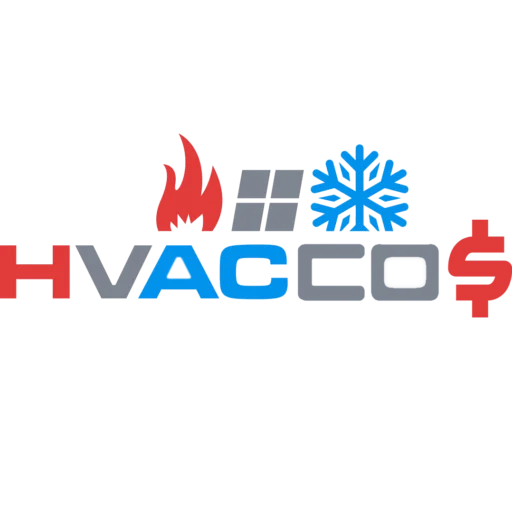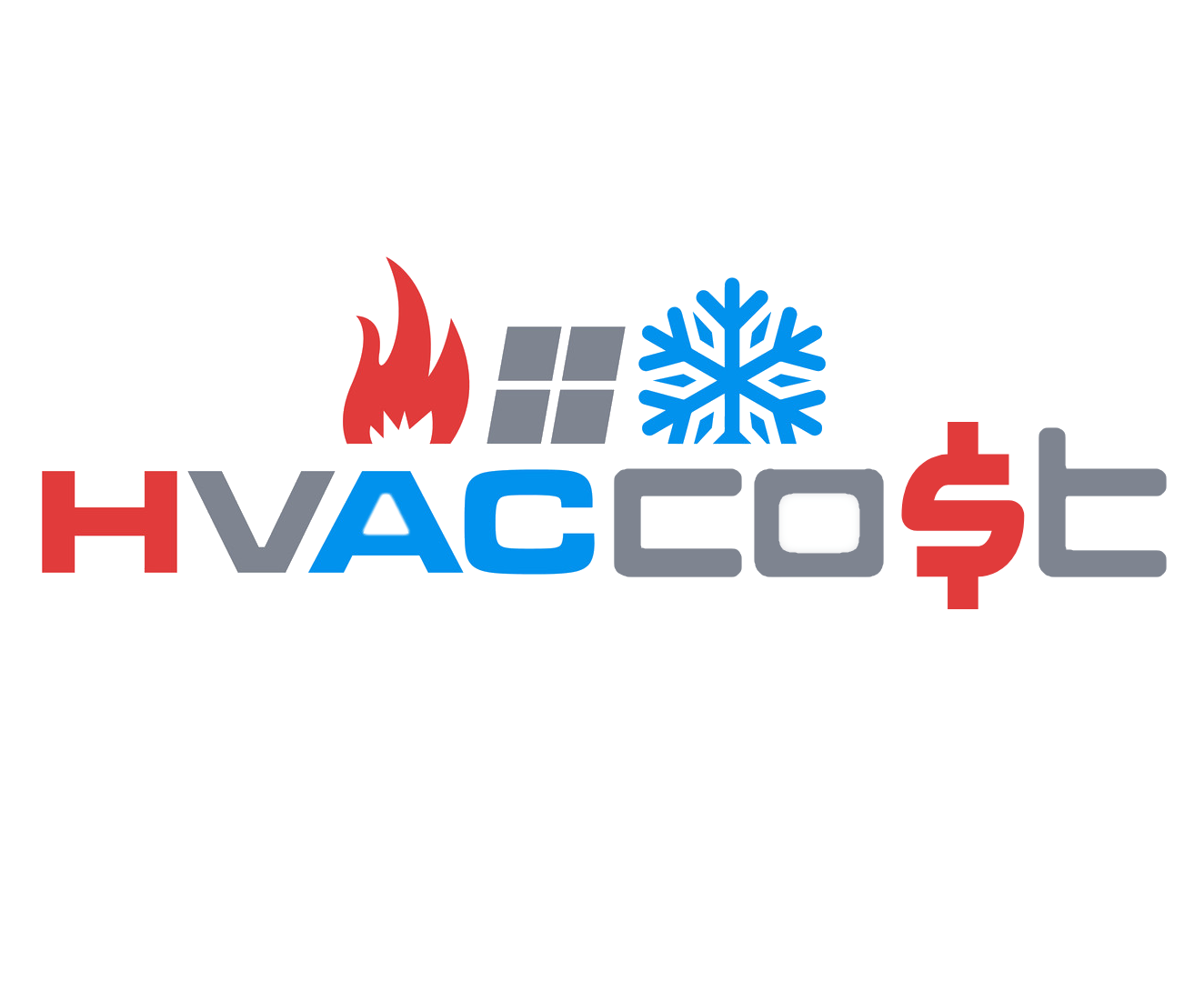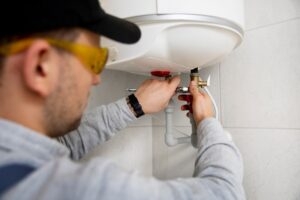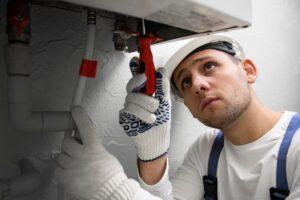In the modern home, few appliances are as essential yet often overlooked as the water heater. It’s a silent workhorse, providing hot water for showers, dishwashing, laundry, and countless other daily tasks. Among the various sizes available, the 40-gallon water heater strikes a balance between capacity and efficiency, making it a popular choice for many households. This article will delve into the world of 40-gallon water heaters, exploring their costs, types, factors affecting pricing, and much more.
Understanding 40-Gallon Water Heaters
Before we dive into pricing, it’s crucial to understand what a 40-gallon water heater is and why it might be the right choice for your home.
A 40-gallon water heater, as the name suggests, can hold and heat 40 gallons of water at a time. This size is typically suitable for households of 2-4 people, depending on water usage habits. It provides a good balance between having enough hot water for daily needs without the excess capacity that could lead to wasted energy.
Types of 40-Gallon Water Heaters
There are several types of 40-gallon water heaters available in the market, each with its own set of advantages, disadvantages, and price points:
- Conventional Tank Water Heaters
- Tankless Water Heaters
- Heat Pump Water Heaters
- Solar Water Heaters
Let’s explore each type in more detail:
1. Conventional Tank Water Heaters
These are the most common and typically the least expensive option. They work by storing water in a tank and keeping it heated to a preset temperature.
Pros:
- Lower upfront cost
- Simple technology, easy to repair
- Good for households with simultaneous hot water needs
Cons:
- Higher energy costs over time
- Limited hot water supply
- Larger space requirements
2. Tankless Water Heaters
Also known as on-demand water heaters, these units heat water as it flows through the device, without the need for a storage tank.
Pros:
- Energy-efficient
- Endless supply of hot water
- Space-saving design
Cons:
- Higher upfront cost
- May struggle with simultaneous hot water demands
- Can require electrical system upgrades
3. Heat Pump Water Heaters
These use electricity to move heat from the air or ground to heat water, rather than generating heat directly.
Pros:
- Very energy-efficient
- Lower operating costs
- Can provide cooling and dehumidification as a side benefit
Cons:
- Higher upfront cost
- Require specific installation location
- May not work well in very cold climates
4. Solar Water Heaters
These systems use solar panels to capture the sun’s energy to heat water.
Pros:
- Extremely energy-efficient
- Very low operating costs
- Environmentally friendly
Cons:
- Highest upfront cost
- Dependent on climate and sun exposure
- May require a backup system for cloudy days
Price Ranges for 40-Gallon Water Heaters
The cost of a 40-gallon water heater can vary significantly based on the type, brand, and features. Here’s a general price range table to give you an idea:
| Type of Water Heater | Price Range (Unit Only) | Installation Cost Range | Total Cost Range |
|---|---|---|---|
| Conventional Tank | $300 – $900 | $200 – $800 | $500 – $1,700 |
| Tankless | $500 – $1,500 | $500 – $1,500 | $1,000 – $3,000 |
| Heat Pump | $700 – $2,000 | $500 – $1,000 | $1,200 – $3,000 |
| Solar | $1,000 – $4,000 | $1,500 – $3,000 | $2,500 – $7,000 |
Please note that these are general ranges, and actual prices can vary based on location, specific models, and installation complexities.
Factors Affecting Water Heater Prices
Several factors can influence the price of a 40-gallon water heater:
- Brand: Well-known brands often command higher prices due to perceived quality and reliability.
- Energy Efficiency: More energy-efficient models typically cost more upfront but can lead to savings over time.
- Features: Additional features like digital displays, Wi-Fi connectivity, or self-cleaning functions can increase the price.
- Fuel Type: Gas water heaters often cost more upfront than electric ones but may have lower operating costs.
- Location: Prices can vary by region due to differences in labor costs, regulations, and market competition.
- Installation Complexity: Factors like the need for venting, electrical upgrades, or difficult access can increase installation costs.
- Warranty: Extended warranties or more comprehensive coverage can add to the overall cost.
Understanding Energy Efficiency and Long-Term Costs
While the upfront cost is an important consideration, it’s crucial to factor in long-term operating costs when choosing a water heater. Energy efficiency can significantly impact your monthly utility bills.
The Energy Factor (EF) is a measure of a water heater’s overall energy efficiency. The higher the EF, the more efficient the water heater. Here’s a general comparison:
- Conventional Tank: EF ranges from 0.5 to 0.7
- Tankless: EF ranges from 0.82 to 0.95
- Heat Pump: EF ranges from 2.0 to 3.5
- Solar: EF ranges from 1.0 to 3.0 (varies greatly depending on location and solar availability)
While more efficient models often have higher upfront costs, they can lead to significant savings over the life of the water heater. For example, a heat pump water heater might cost $800 more than a conventional model but could save up to $3,500 in energy costs over its lifetime.
Installation Considerations
The installation of a 40-gallon water heater is not a DIY project for most homeowners. Professional installation is typically recommended and often required for warranty purposes. Here are some installation considerations:
- Fuel Source: Switching from an electric to a gas water heater (or vice versa) can significantly increase installation costs.
- Venting: Gas water heaters require proper venting, which can add to installation complexity and cost.
- Space Requirements: Some types, like heat pump water heaters, require more space and specific placement for optimal operation.
- Building Codes: Local building codes may require updates to bring the installation up to current standards, potentially adding to the cost.
- Disposal of Old Unit: The removal and disposal of your old water heater should be factored into the overall cost.
Maintenance and Lifespan
The lifespan and maintenance requirements of a water heater can affect its overall cost-effectiveness:
- Conventional Tank: 8-12 years lifespan, annual maintenance recommended
- Tankless: 20+ years lifespan, annual maintenance recommended
- Heat Pump: 10-15 years lifespan, air filter cleaning every 2-3 months
- Solar: 20+ years for panels, 5-10 years for pumps and controllers, regular maintenance required
Regular maintenance can extend the life of your water heater and maintain its efficiency. This might include flushing the tank, checking the anode rod, and inspecting valves and connections.
Rebates and Incentives
To encourage energy efficiency, many utility companies and government agencies offer rebates or tax incentives for installing energy-efficient water heaters. These can significantly offset the higher upfront costs of more efficient models.
For example, some areas offer rebates of $300-$750 for heat pump water heaters. Solar water heaters may qualify for federal tax credits of up to 30% of the total cost. Always check with your local utility company and tax professional for current offers in your area.
Choosing the Right 40-Gallon Water Heater
Selecting the right 40-gallon water heater involves balancing several factors:
- Household Size and Hot Water Needs: A 40-gallon tank is typically suitable for 2-4 people, but consider your specific usage patterns.
- Energy Efficiency: Look for models with high Energy Factor ratings to save on long-term operating costs.
- Fuel Type: Consider the availability and cost of different fuel types in your area.
- Space Constraints: Ensure you have adequate space for the type of water heater you’re considering.
- Climate: In colder climates, tank and tankless water heaters may be more reliable than heat pump models.
- Budget: Balance upfront costs with long-term savings potential.
- Environmental Concerns: If reducing your carbon footprint is a priority, consider more efficient options like heat pump or solar water heaters.
Future Trends in Water Heating
As technology advances and energy efficiency becomes increasingly important, we’re likely to see several trends in the water heater market:
- Smart Water Heaters: Integration with home automation systems for better control and efficiency.
- Improved Heat Pump Technology: Making heat pump water heaters more effective in colder climates.
- Hybrid Systems: Combining different technologies for optimal efficiency and performance.
- Advanced Materials: Development of better insulation and heat transfer materials to improve efficiency.
- Increased Focus on Renewables: Greater adoption of solar and other renewable energy sources for water heating.
Conclusion
Choosing a 40-gallon water heater involves more than just looking at the upfront price tag. It’s a balance of initial cost, long-term operating expenses, energy efficiency, and your household’s specific needs. While conventional tank water heaters remain the most affordable option upfront, more energy-efficient models like tankless, heat pump, and solar water heaters can offer significant savings over time.
Remember that prices can vary widely based on your location, the specific model, and installation requirements. Always get multiple quotes from licensed professionals and consider both the short-term and long-term costs when making your decision.
Investing in a high-quality, energy-efficient 40-gallon water heater might seem costly upfront, but it can provide reliable hot water for your household while keeping energy bills in check for years to come. As with many home improvements, the cost of convenience often pays off in the long run through increased comfort, reliability, and energy savings.




